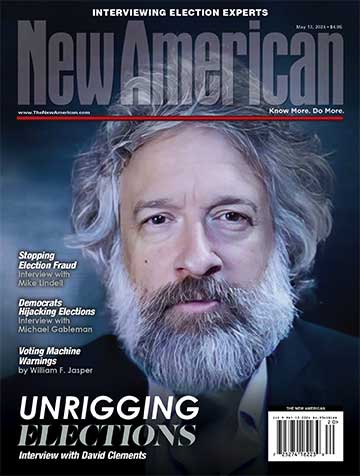
The consumer financial website WalletHub released its “Best- & Worst-run Cities in America” on Monday, and there were a number of surprises.
No surprise was that the worst 10 included Chicago, Detroit, New York City, San Francisco, and, dead last, Washington, D.C.
The top 10 best were all relatively small towns, mostly located in Idaho, Utah, and Montana. Also enjoying high rankings were cities in New Mexico, North Carolina, Kentucky, Indiana, Virginia, and New Hampshire.
Casper, Wyoming, has the lowest long-term debt at just $623 per citizen, while Washington, D.C. has the highest, at $22,127.
The lowest violent crime rate is enjoyed by citizens of Warwick, Rhode Island, at just 0.91 per 1,000 residents. Detroit suffers the worst, with a violent crime rate of 20.08 per 1,000 citizens.
Provo, Utah, has the lowest unemployment rate in the country, at 6.3 percent while Flint, Michigan, has the worst, at nearly 45 percent.
Fremont, California, has the lowest share of its population living in poverty, 4.8 percent, while 40 percent of Flint, Michigan’s population suffers in poverty.
The study looked at 150 of America’s largest cities and constructed a “Quality of Services” score comprised of 38 indicators, which were then grouped into six categories: financial stability, education, health, safety, the economy, and infrastructure and pollution.
In financial stability WalletHub used Moody’s City Credit Ratings and the size of the cities’ outstanding long-term debt. In education it used data from GreatSchools.com and the cities’ high-school graduation rates.
In health it used the infant mortality rate, the score from the Centers for Medicare & Medicaid Services (CMMS), and its own proprietary rating for how each city responded to the COVID virus.
In safety it looked at each city’s violent crime rate, its property crime rate, the number of motor vehicle fatalities per capita, the percent of the city’s population deemed to be homeless, and the “perception” of safety gleaned from visitors to each city and recorded at Numbeo.com.
In economy, it looked at a number of indicators, including each city’s unemployment rate, its median annual household income, its annual job growth rate, the share of its population living in poverty, and the growth in the number of new businesses.
In infrastructure and pollution, WalletHub looked at the quality of the roads, the average commute time, its traffic congestion, its “pedestrian friendliness,” its “bike score,” its proprietary “recreation” score, the share of residents with access to the Internet, water and air quality, and the share of the city dedicated to parks.
No. 1 is Nampa, Idaho, with Boise right behind in No. 2 slot. Provo, Utah, is No. 3, with Las Cruces, New Mexico, in fourth position. No. 5 is Durham, North Carolina.
Another surprise is Cheyenne, Wyoming, at No. 136, two slots behind Los Angeles, California, at No. 134.
Not surprisingly, the five worst cities for the highest long-term debt per person, are tied for last place, and included Chicago; New York City; San Francisco; Atlanta, Georgia; Nashville, Tennessee; and Washington, D.C.
Four of the five worst cities for unemployment (all five tied) are in Michigan: Grand Rapids, Warren, Detroit, and Flint. Four of the five worst cities for air pollution are in California: Anaheim, Huntington Beach, Los Angeles, and Riverside.
Photo: deberarr / iStock / Getty Images Plus
An Ivy League graduate and former investment advisor, Bob is a regular contributor to The New American, primarily on economics and politics. He can be reached at [email protected].



